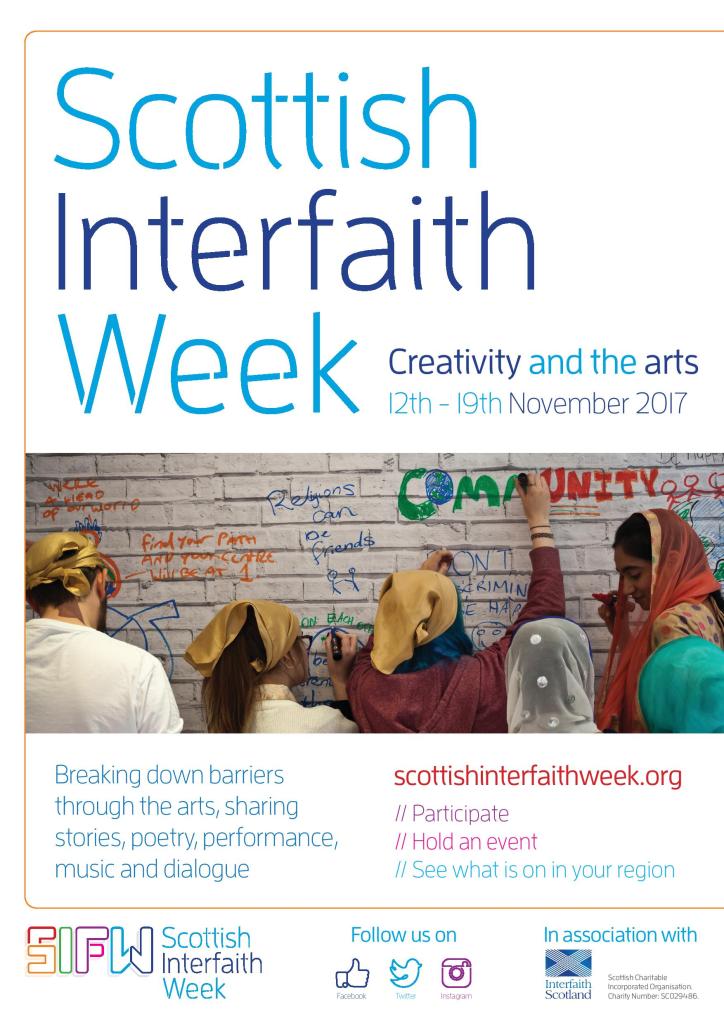When I tell people about interfaith work in Scotland and what I’m doing here the local interfaith groups are always an important part of my description. There are in total 21 local interfaith groups in Scotland at the moment, including three women dialogue groups and the two local charities for interfaith dialogue “Edinburgh Interfaith Association” and “Interfaith Glasgow”. The interfaith groups cover most areas of Scotland, from Dumfries and the Borders in the south to Orkney and Shetland in the north and from the isle of Skye in the west to Fife in the east. I know have visited most of the local groups and some more visits are planned for the last weeks of my internship, but I think it is a good point to tell people a bit more what a local interfaith group is doing.
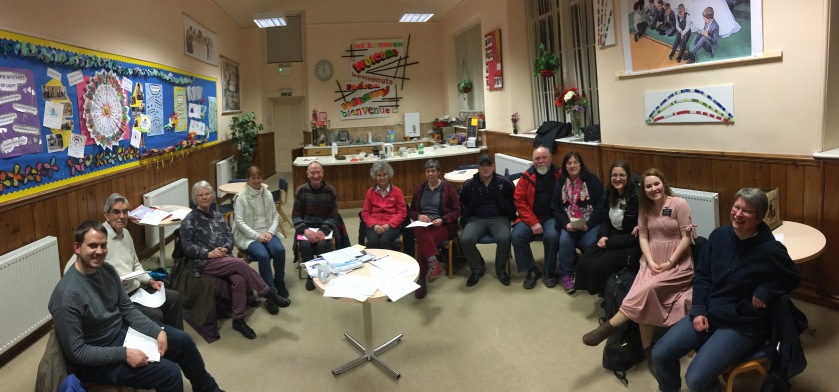
To describe this is harder then it might sound, because the groups are very different between each other. What they have all in common is bringing people of different (faith) background together. Usually all of them are organising/holding some kind of event during Scottish Interfaith Week in November. One main task of Interfaith Scotland is to support the different groups in their activities at the grassroot level. This happens for example by providing some materials, for example for Scottish Interfaith Week, giving them (a small) financial support for their events during Interfaith Week, inviting them to events like the Annual Networking Seminar and help them to get publicity via Social Media and the Annual Newsletter.
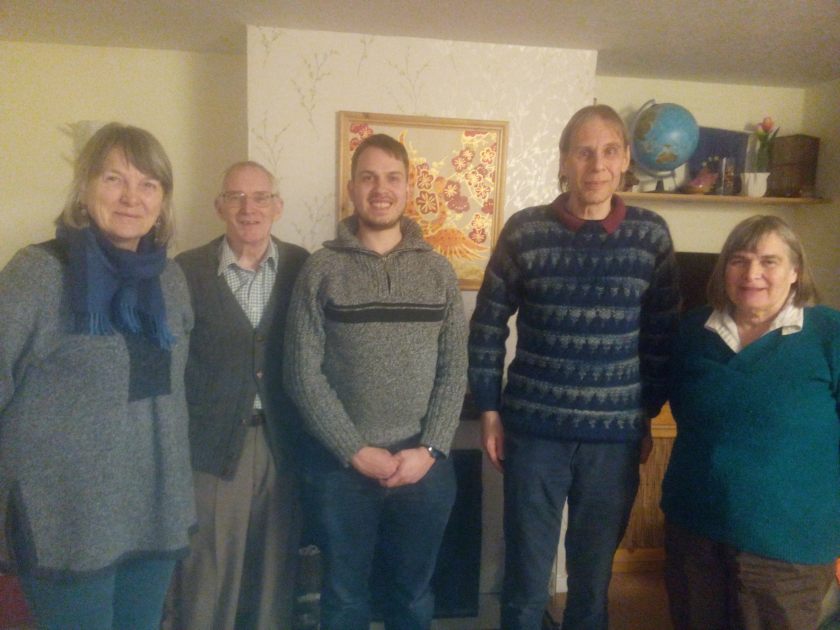
The groups differ all in their size and the religious diversity, depending on the region they are based in. Some of the groups have been set up with the support of a local council. One example for this kind of group is the one in West Lothian. In this case the members of the group attend the meetings mainly as representatives of their faith communities and show a good picture of the diversity of faith communities in their area. Such groups have often their main focus on organising events for the wider public, for example visits to places of worship or interfaith meals. So the meetings of the group are mostly about planning and organising dialogue events in this case and not mainly about having dialogue at the meetings of the group.
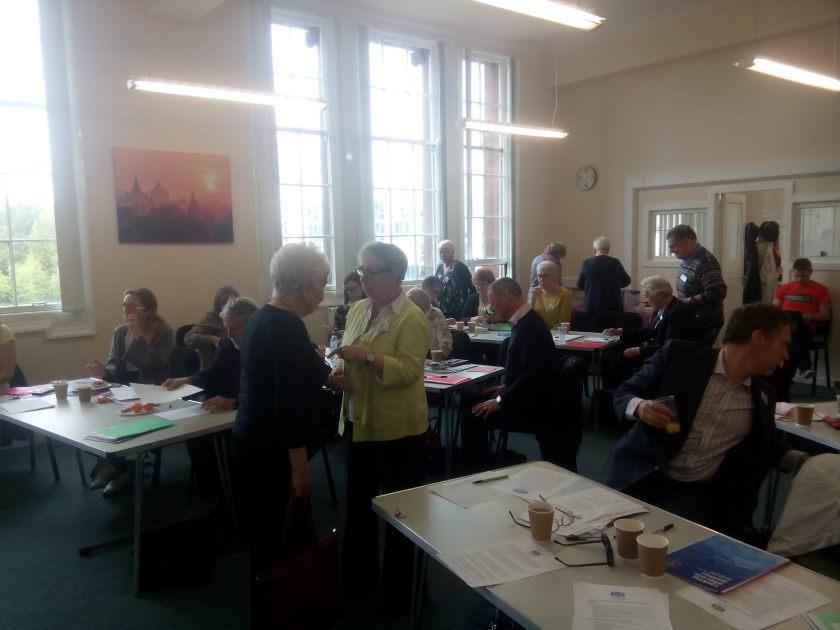
An example for a very different kind of group is the Central Scotland group, which meets in Stirling. Here are individuals from different faith backgrounds coming together to share food and thoughts about a different theme at every of their meetings. The attendees see themselves not mainly as representatives of a particular faith but bring often short texts or thoughts from their tradition to the meetings and share them with each other.
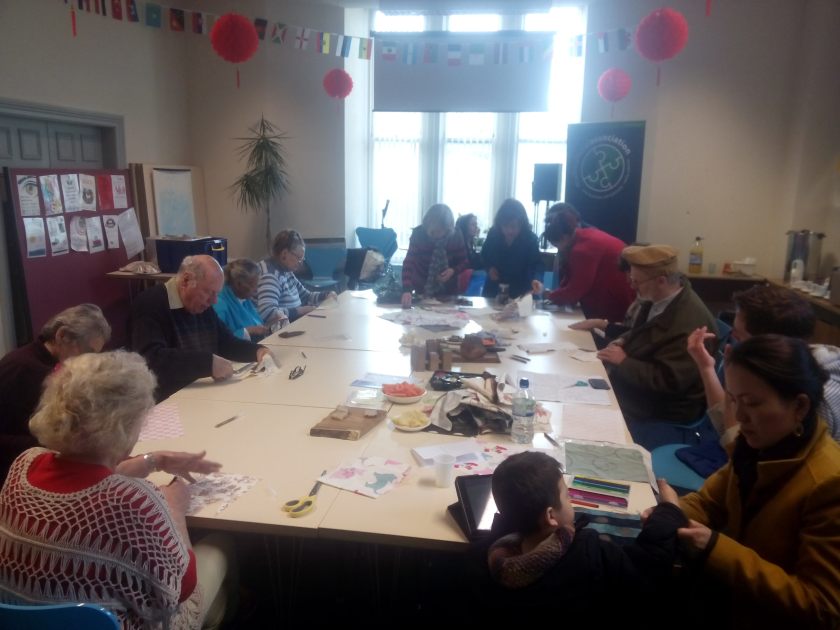
Most of the interfaith groups can be put somewhere in between those “extremes”. Some of them have for example a formal constitution with chairpersons and secretaries and some have no kind of “hierarchy” or “formal structure” at all. In some groups people a paying (small) membership fees, in some groups not. Some groups are mainly meeting for planning purposes, some for having a direct dialogue with each other and many do both from time to time. Some groups have members from all different faith traditions, some mainly from different strengths of Christianity (but they would be very open and welcoming for anyone of another tradition!). Some groups usually meet at the same place, some groups meet at different venues in their area. Some groups usually to a similar kind of activity at every meeting, some do a lot of different things (even such activities as picnics or going on a trip together – as for example the Inverness group does on a regular basis). Some groups have intense cooperation with other groups, as for example Peace groups, some have not.
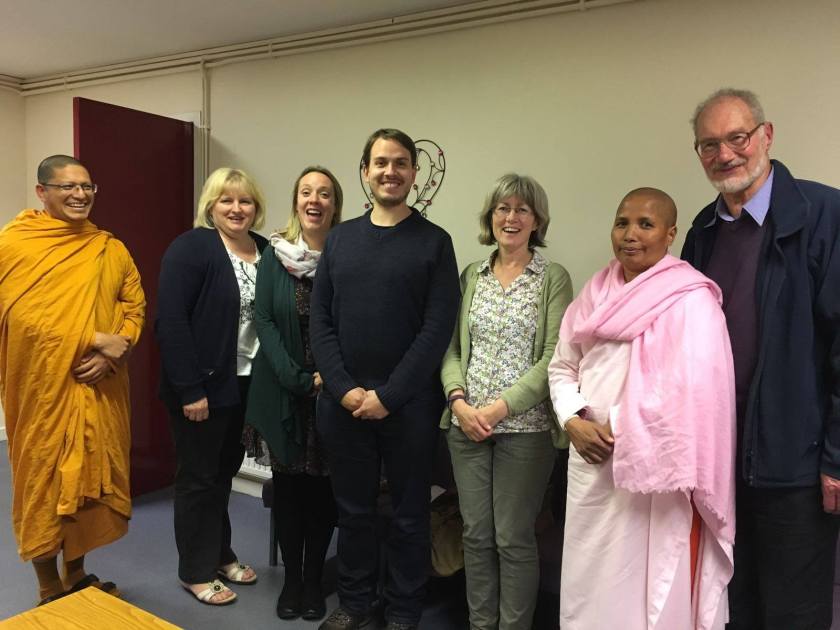
When I visit the groups and ask them about their wishes for the future there are two classical answer: The first wish is usually “More diversity of faiths”, especially in the more rural areas and the second wish is usually “More young people” (I would guess the average age of a member of a local interfaith group is usually somewhere in the 50s or 60s). Both wishes are difficult to fulfil because I can’t perform magic but I would say that for everyone interested in interfaith dialogue it is definitely worth contacting the local group or setting up one themselves. I see the local interfaith group as very enriching for their areas and they do very important work by promoting religious diversity and harmony.
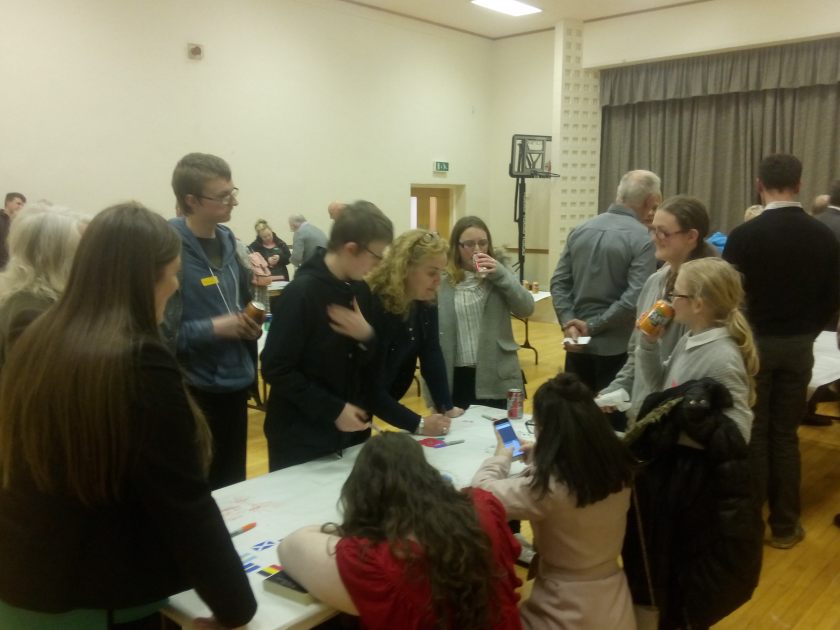
If you are curious in meeting the group in your area, you can find a list of them including contact details at: http://www.interfaithscotland.org/interfaith-groups/
If you are interested in setting up an interfaith group in your area or have any further question about it feel free to contact Interfaith Scotland. We are happy to help you!


